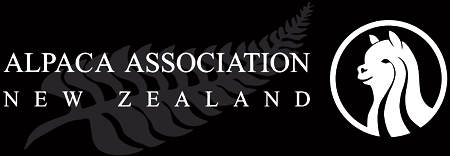The aims and objectives of the AANZ Strategic Plan are to…….
∙ To inspire the growth of the industry and the improvement of the breed.
∙ To be the custodian of the pedigree registry and breed standards.
∙ To responsibly manage AANZ finances.
∙ To research, develop and make easily available, education and technical support tools for our members, and the media and government policy makers.
∙ To make available the information necessary to ensure the welfare of alpacas in New Zealand.
∙ To promote the breed both nationally and internationally.
∙ To communicate the benefits of alpacas, their value as a farmed animal and provider of high-quality fleece.
∙ To communicate their other benefits, such as land use change, conservation, and environmental protection.


